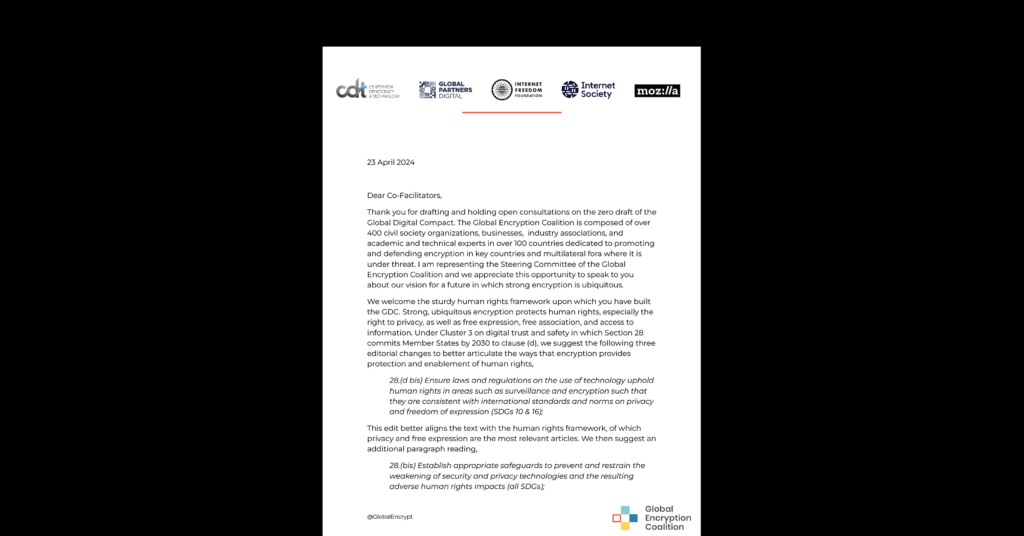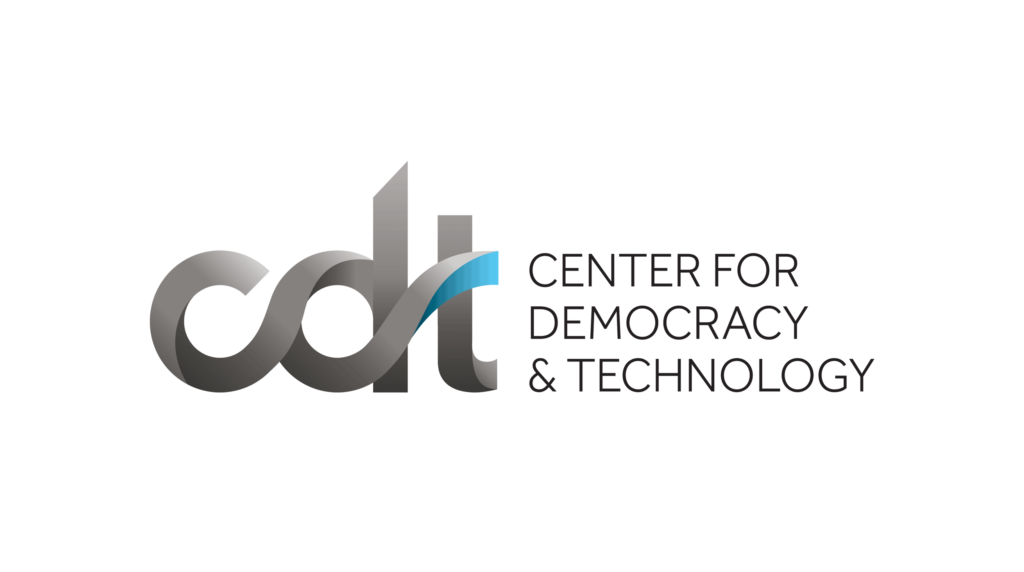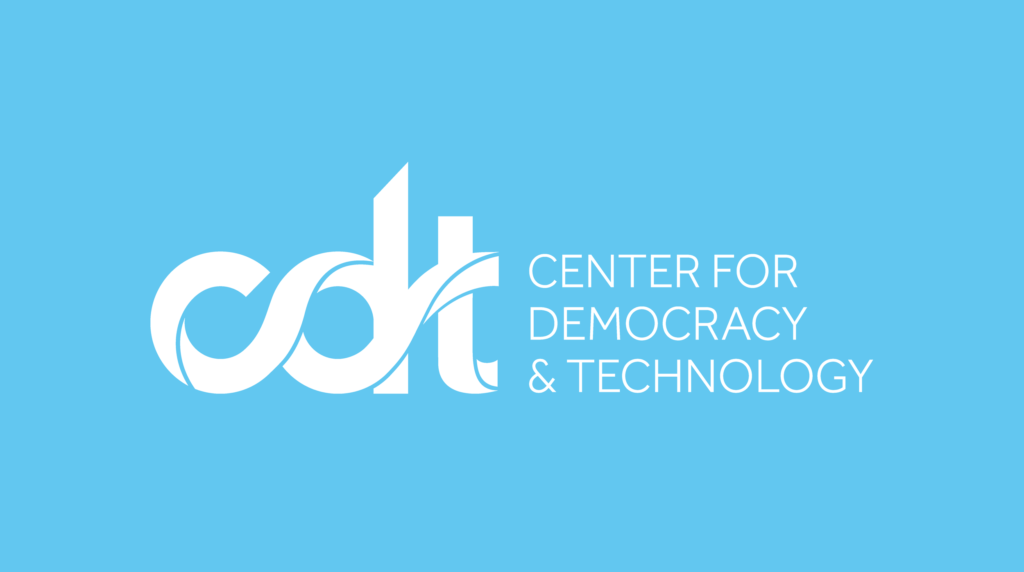Permissionless Innovation
This is a guest post authored by Jari Arkko, chair of the Internet Engineering Task Force (IETF). It originally appeared on his IETF blog.
I would like to talk about standards and what kind of approaches are suitable for developing them when it comes to Internet technology and applications.
Goals
An engineering organisation such as the IETF with many implementors and operators is obviously very interested in ensuring that its technology actually works well, can be easily built into devices, and behaves well in the presence of other use of the network. Another obvious core value of the IETF is ensuring interoperability across implementations and the globe.
But there is a third goal that may not be equally obvious, yet it is very important, particularly for the role of the Internet in creating economic growth and supporting all communications needs. I call this goal the strive for permissionless innovation, the ability of others to create new things on top of the communications constructs that we create. Most new applications in the Internet are the results of grass-roots innovation, start-ups, and research labs. No permit had to be applied, no new network had to be built, and no commercial negotiation with other parties was needed when Facebook started, for instance. The easier we make the creation of these innovations, free of coordination and permission-asking, the faster the new Facebooks, Amazons, and Youtubes appear.
The architecture of the Internet, shaped by the end-to-end principle, supports this at a very basic level. The web technology is an example of an additional framework that enabled tremendous innovation, not just for human consumption but also as an underlying tool to create applications. Similarly, many other creations helped shape the Internet to what it is today. In the short term horizon I can see how WebRTC and the use of web technology for the Internet of Things are about to create similar revolutions in the future. Enabling every browser to make a call, every web server to be a voice provider, and every object to communicate seamlessly with the rest of the world.
It is important to note that this is not just about technology. The same openness that allows exciting new gadgets also allows individuals to use the Internet for their own purposes, communities to develop their own content, and generally enable people to connect better to each other.
Open Standards
But how do we create standards that fulfil such goals? Last year, the IETF, IEEE, W3C, ISOC, and IAB formalised some of the principles that we all believe in the Open Stand paradigm.
There are five principles. The first one is co-operation, for instance respecting the roles of different organisations. The second one is adherence to fundamental principles, such as achieving broad consensus and transparency. The third and one that is very important in my mind is collective empowerment, for instance choosing standards on technical merit and global interoperability, with the intent on enabling global competition. The fourth one is availability, making sure that standards can be accessed and implementations built on a fair basis. Finally, the fifth principle is voluntary adoption of standards.
Only this kind of an open process can produce tools that permissionless innovation requires. At the same time the innovation process itself results the need for some additional standards when the market develops to a point where multiple participants need similar capabilities. This is visible, for instance, in the current standards efforts around WebRTC where standard Javascript APIs are being developed to support applications from different voice service providers. When I look at other types of standardisation processes (for instance, those based on countries voting) it is hard to see how they can operate in such a fast-pace, multi-interest environment. Open standards are really the only possibility for ensuring that the Internet technology continues to develop at its maximum pace.
Conclusions
These goals and principles have worked very well in helping create the technology that is behind today’s Internet. But they are even more important going forward. For instance, broad participation is going to be even more important in the increasingly connected world, where Internet matters for everyone from farmers to engineers to nurses to government officials. Secondly, decisions can not be taken without understanding the benefits and operation of a global communications networks.
It is very important that the Internet stays open, retains its global reach, and continues to develop at a fast pace in an open where all stakeholders have an ability to provide their input. Please help support this development in the face of increasing pressures facing the Internet and its governance in the coming years.
Jari Arkko, Chair of the IETF
P.S. This article uses material from a presentation that I held at the Finnish Internet Forum, as well as material prepared by Olaf Kolkman.


